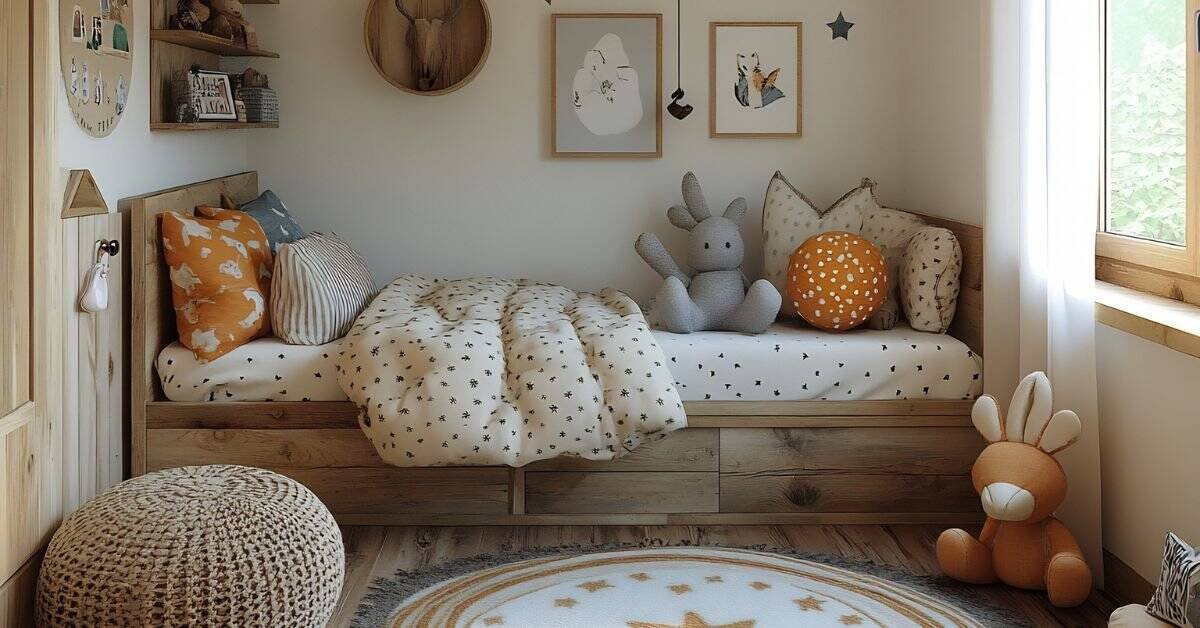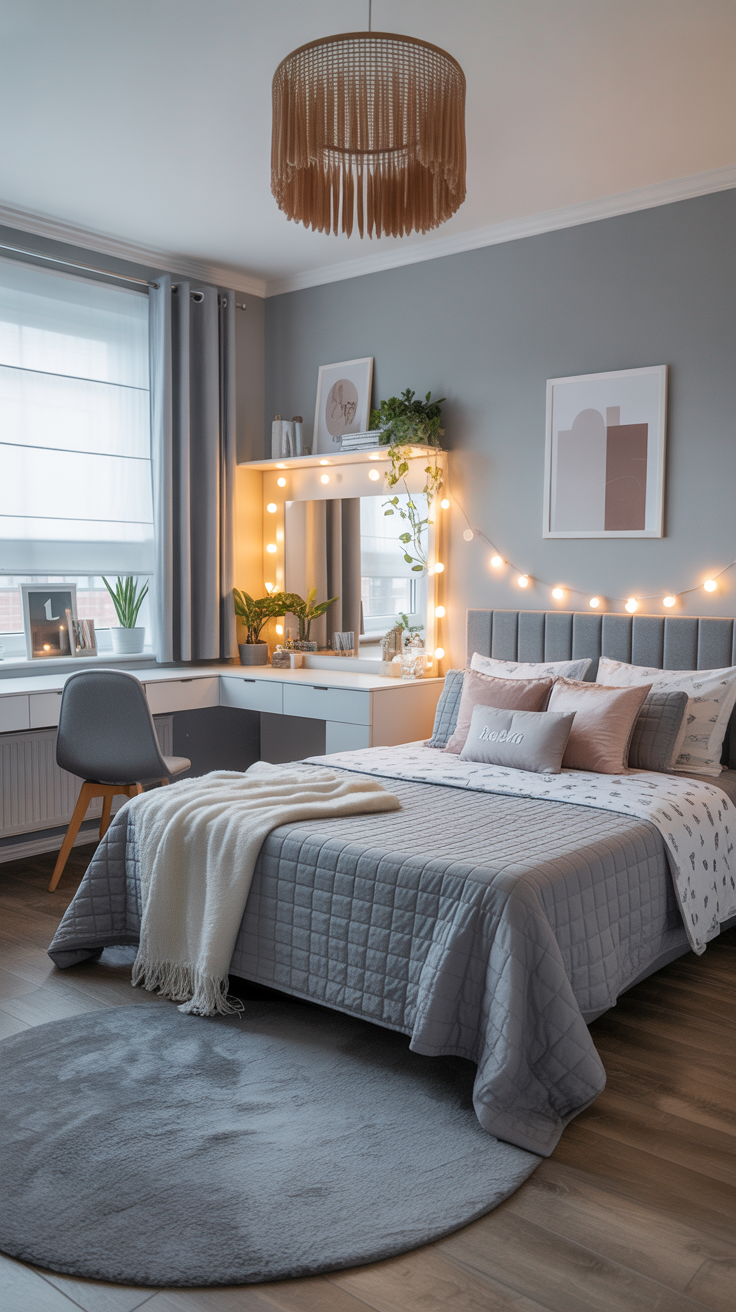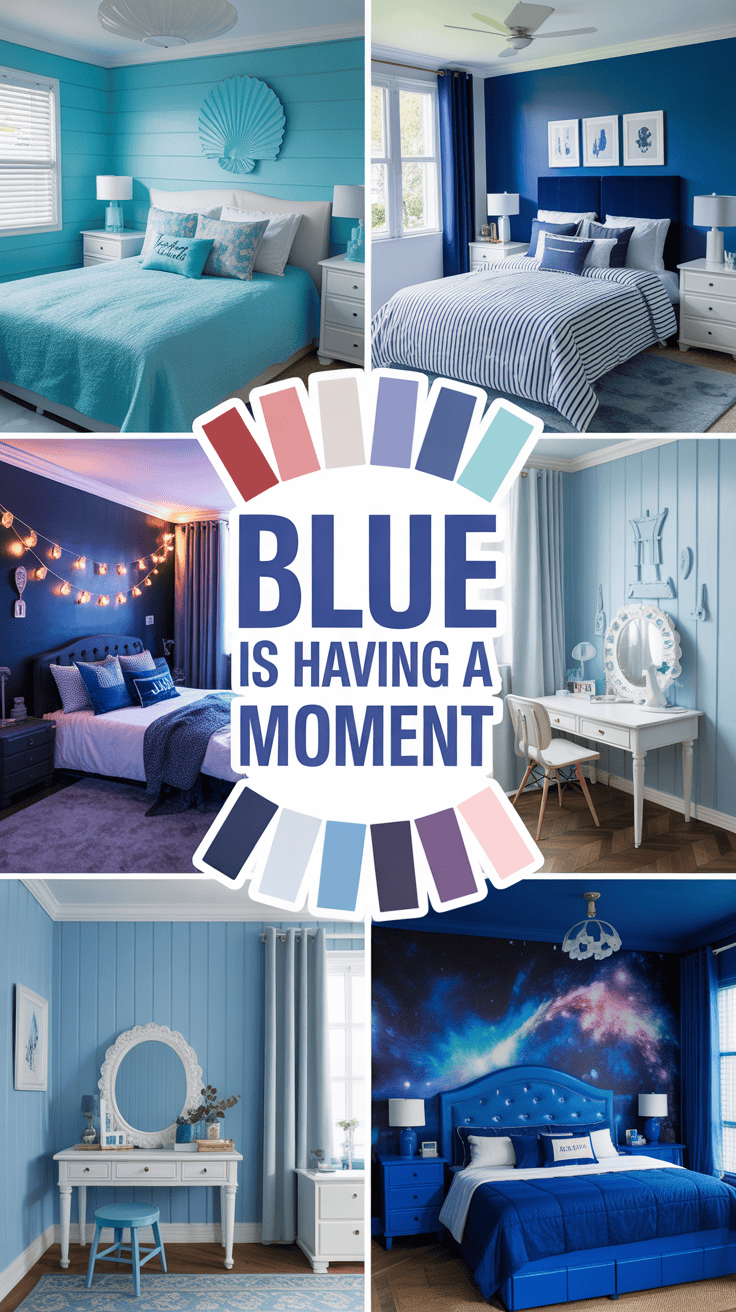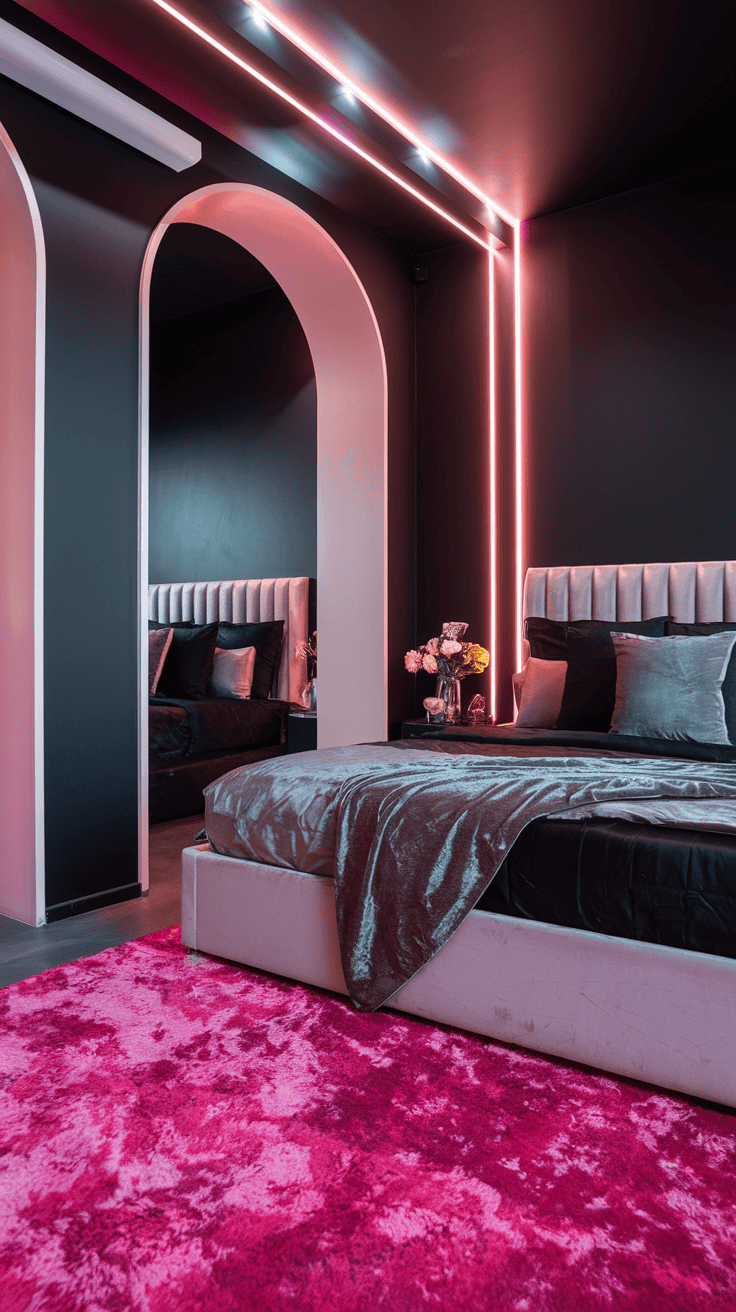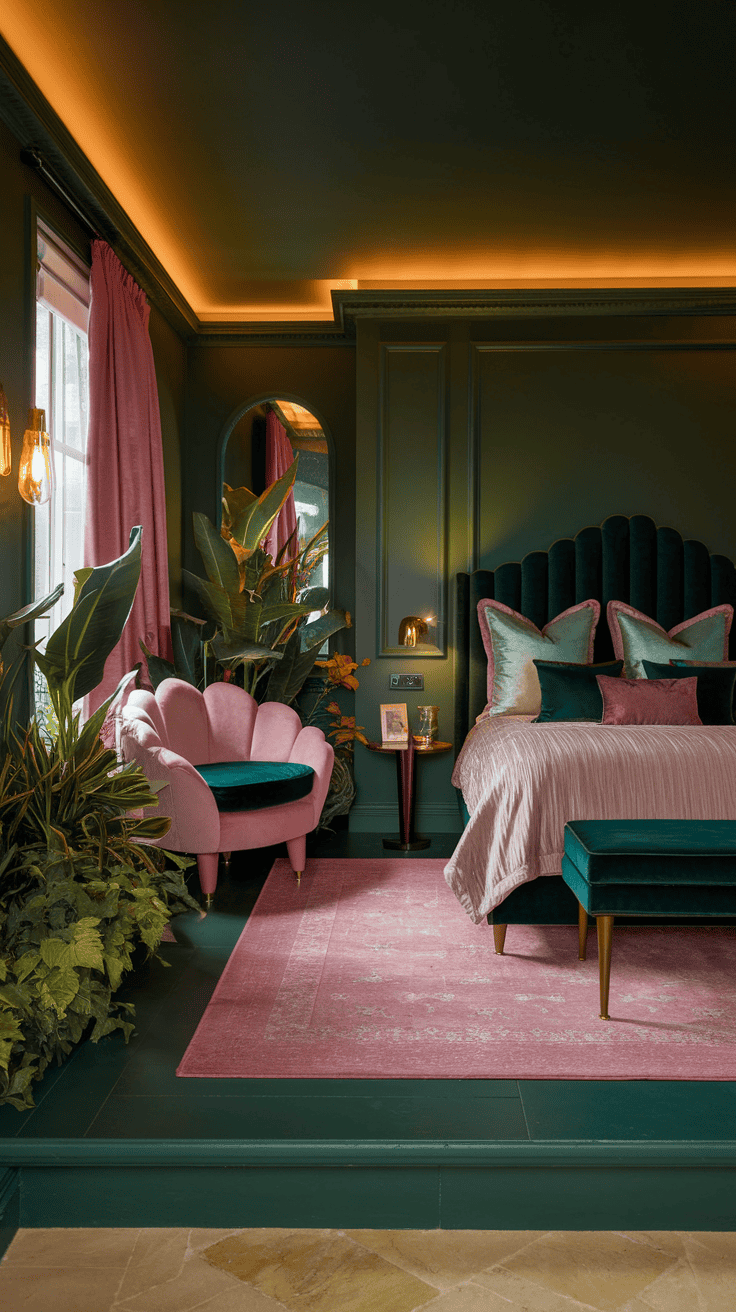This post shows 7 Kids Bedroom Designs!
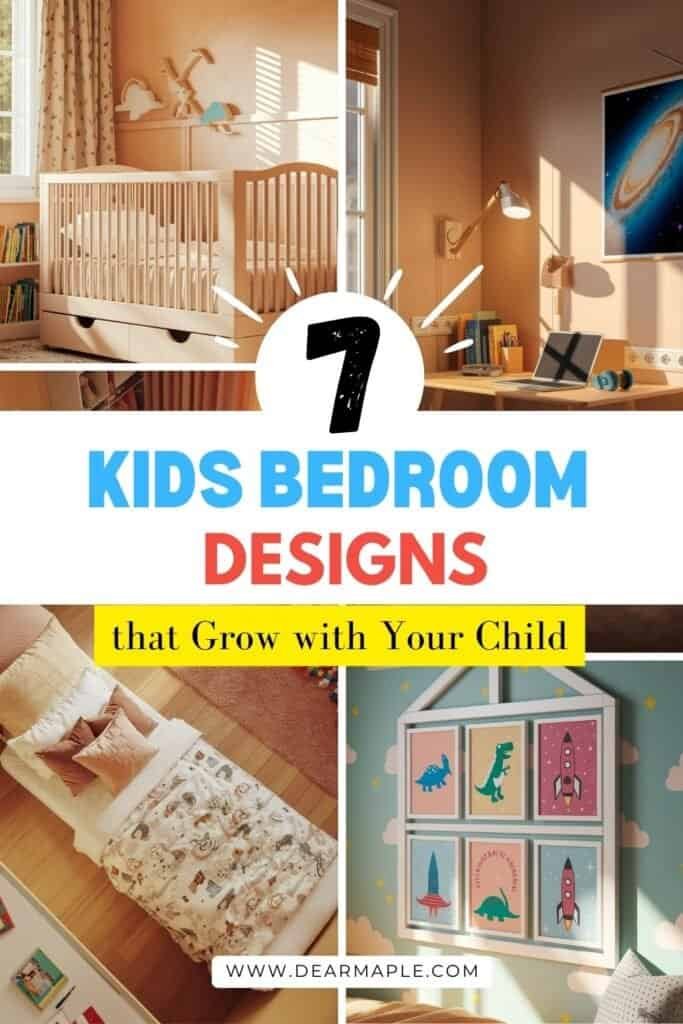
Hey there, fellow parent! So you’re staring at your kid’s bedroom thinking, “How many times am I going to redecorate this space before they leave for college?” Trust me, I’ve been there. Between the dinosaur phase, the unicorn obsession, and whatever else comes next, keeping up with your child’s evolving tastes can be exhausting—not to mention expensive!
But what if I told you that you could create a bedroom that actually grows with your child? A space that transitions seamlessly from toddler years to teen angst without requiring a complete overhaul every two years? Sounds like a dream, right? Well, grab your coffee (or wine, no judgment here) and let’s chat about seven brilliant kids’ bedroom designs that will save your sanity and your wallet in the long run.
7 Kids Bedroom Designs
1. The Convertible Furniture Champion

Remember that time I bought my daughter the cutest princess bed only to have her declare it “for babies” literally 14 months later? Yeah, not making that mistake again! The foundation of a grow-with-me bedroom starts with smart furniture choices.
Convertible furniture is your best friend in this journey. Look for pieces that serve multiple purposes or can be easily transformed as your child grows:
- Cribs that convert to toddler beds, then to full-sized beds
- Changing tables that transform into dressers
- Adjustable height desks that work for a 5-year-old and later for a high schooler
I recently helped my sister set up her son’s room with a convertible crib system, and the difference is night and day compared to my experience. While I was hauling furniture to the curb every few years, she’s simply adjusting what she already has.
Ever wondered why more parents don’t go this route from the start? IMO, it’s because those themed bedroom sets are just too darn cute to resist when you’re nesting. But trust me, your future self will thank you for thinking long-term.
2. The Neutral Canvas Strategy

Okay, let’s talk walls and major design elements. The secret sauce to a bedroom that grows with your child? Starting with a neutral backdrop that can be easily updated with accessories.
When my son insisted on a fire truck-themed room at age 4, instead of painting the entire room red with fire truck murals (tempting as it was), we went with:
- Warm gray walls that work with any color scheme
- Wood furniture in natural finishes
- Simple window treatments in a neutral tone
Then we added the fire truck magic through:
- Themed bedding (easily replaceable)
- Wall decals (removable)
- A cool fire truck bookshelf (the one “investment” piece)
Two years later when fire trucks were “boring” and space was “awesome,” we simply swapped out the accessories. No repainting required! The room transitioned from fire station to space station in a weekend rather than requiring a complete renovation.
Are neutral rooms boring? Not at all! The personality comes through in those changeable elements, and actually gives your child more freedom to express their evolving interests.
3. The Zone Defense Layout
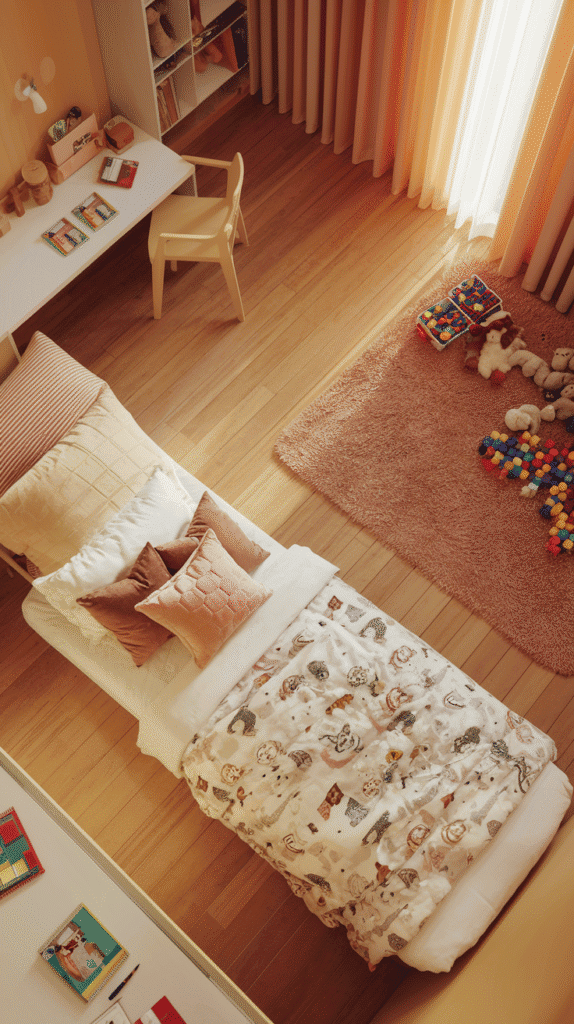
Let’s get real for a second—a toddler’s needs for a bedroom are completely different from a teenager’s. But that doesn’t mean the actual layout needs a complete overhaul.
The trick? Design the room in functional zones that can evolve in purpose:
- The sleep zone (obviously important at any age)
- The play/work zone (transitions from blocks to books to homework)
- The storage zone (from stuffed animals to sports equipment to whatever teens collect these days)
In my nephew’s room, we created a corner that started as a reading nook with floor cushions and a small bookshelf. As he grew, the same corner evolved into a gaming area, and now it’s a study spot for high school. Same square footage, completely different function, minimal changes to the actual structure.
This zone approach lets you make micro-adjustments over time instead of massive overhauls. Pretty smart, right? 🙂
4. The Storage Evolution System
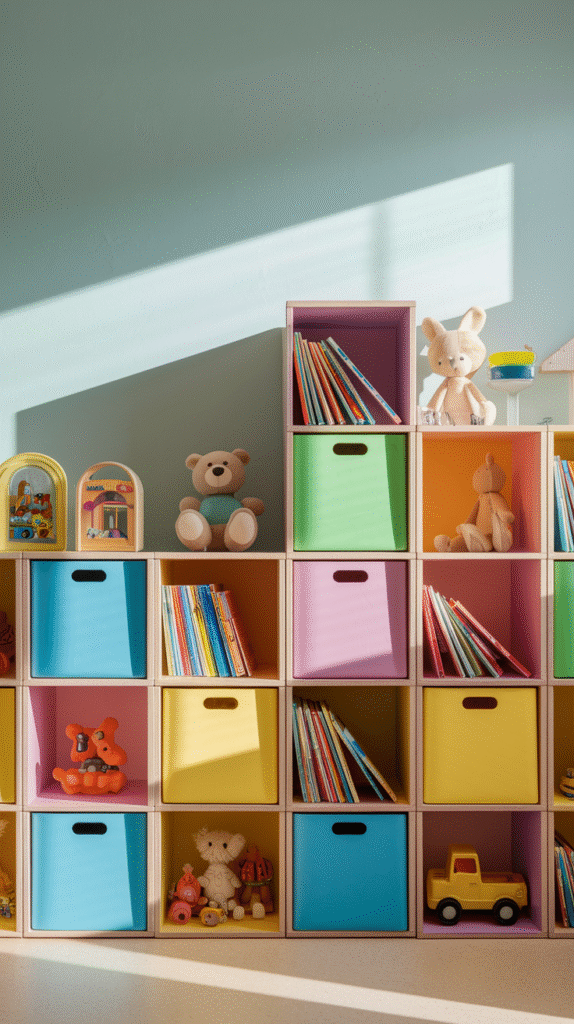
If there’s one constant in a child’s bedroom from age 0 to 18, it’s that they need storage—but what they’re storing changes dramatically.
Implementing an adaptable storage system is critical for a bedroom that grows with your child:
- Open shelving that starts with bins of toys and gradually shifts to display favorite collections
- Closet systems with adjustable hanging rods that can be lowered for little ones and raised as they grow
- Modular cube storage that can be reconfigured as needs change
I learned this the hard way with my daughter’s room. Her adorable toy chest was perfect for stuffed animals but became completely impractical once she hit middle school. We had to replace it with something more versatile, which could have been avoided with better planning.
Have you ever noticed how the best hotel rooms always feel so organized despite being compact? They use flexible storage solutions—and your kid’s room should too.
5. The Lighting Layer Approach
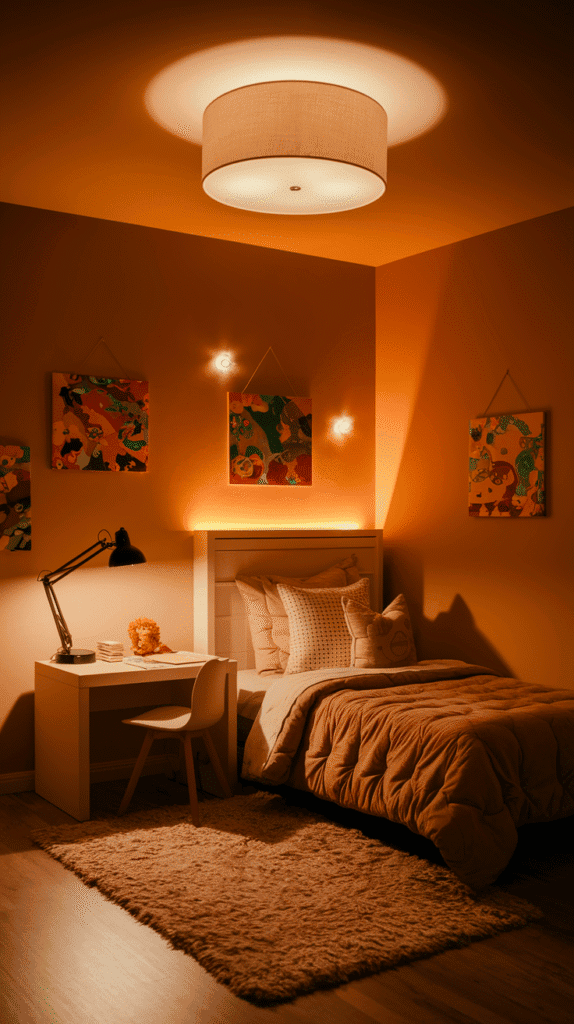
Here’s something many parents overlook: lighting needs drastically change as your child grows. A well-planned lighting scheme can easily evolve from the toddler years to the teenage experience.
The key is to implement layers of lighting from the start:
- Ambient lighting (ceiling fixtures with dimmers are game-changers)
- Task lighting (adjustable desk lamps that work for coloring books and later for studying)
- Accent lighting (can highlight different areas as interests change)
When my son was little, his room had a simple ceiling light and a cute table lamp. As he grew, we added a desk lamp for homework and eventually some LED strips for that cool teen vibe he wanted. The basic infrastructure stayed the same—we just added and adjusted layers.
And BTW, smart lighting is worth considering if your budget allows. Being able to change colors and intensity with an app gives your kid creative control without any permanent changes.
6. The Wall Gallery Framework
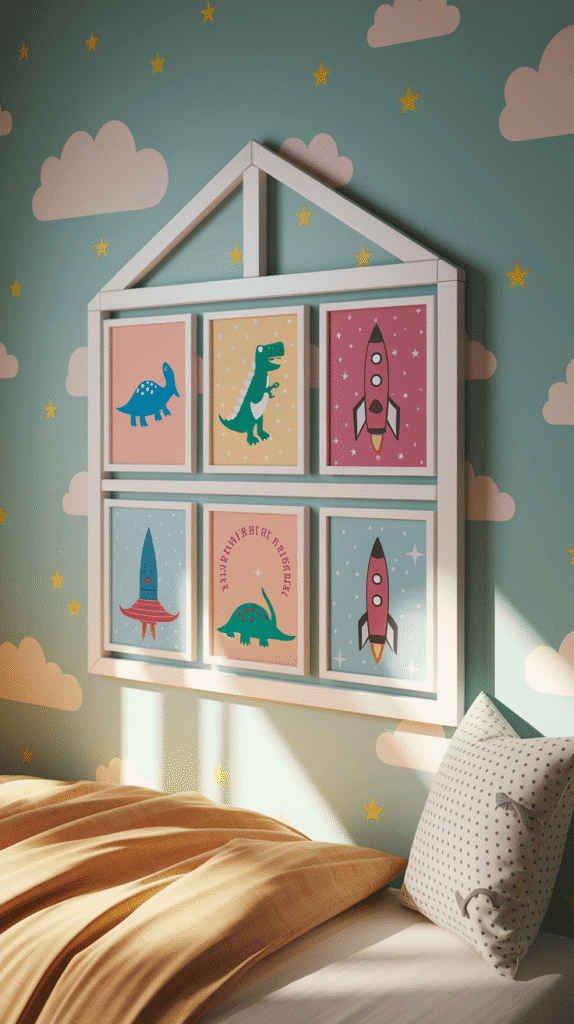
Kids love to see their personalities reflected in their spaces, but their idea of “cool wall art” changes approximately every 37 seconds. So how do you keep up?
Create a flexible gallery wall system from the beginning:
- Install a picture rail or track system that allows for easy swaps
- Use magnetic paint for an area that can showcase changing artwork
- Set up a bulletin board zone that can evolve from finger paintings to concert tickets
In my house, we created a “brag wall” with simple frames in consistent sizes but left the content swappable. Over the years, it’s displayed everything from handprints to sports medals to photography. The frames provide consistency while the contents tell the story of my child’s evolving interests.
This approach gives your kid ownership of their space while maintaining some design control. It’s the perfect compromise—they feel heard, and you don’t have to stare at a wall of whatever character is trending this month. Win-win!
7. The Tech-Ready (But Not Tech-Dominated) Design
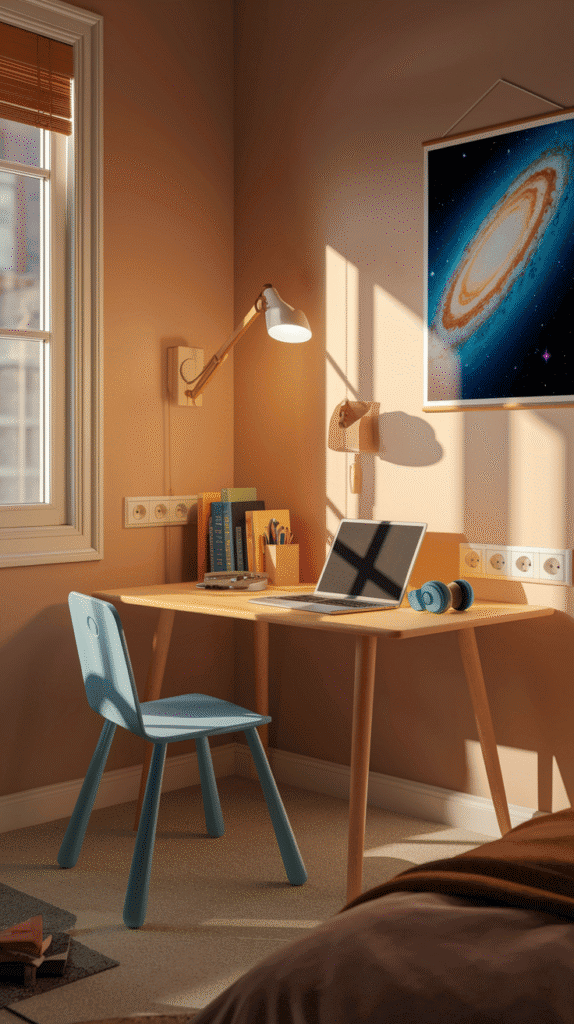
Last but definitely not least, let’s talk tech. From baby monitors to gaming stations to whatever devices they’ll be using in five years that probably haven’t even been invented yet—technology needs evolve rapidly.
Creating a tech-flexible but not tech-dominated space involves:
- Strategic outlet placement (more than you think you’ll need)
- A designated tech station that can house changing devices
- Cable management solutions that grow with increasing tech needs
- Screen-free zones that encourage non-digital activities
When we renovated my teen’s room last year, we actually consulted him about where he wanted outlets and USB ports based on how he uses the space. Shockingly, he had practical input! We ended up with a much more functional room than if we’d just guessed.
The goal here isn’t to create a tech-centric bedroom—it’s to acknowledge that technology will be part of their lives and plan accordingly, without letting it take over the entire design.
Bringing It All Together
The secret to a kids’ bedroom that truly grows with your child isn’t finding some magical one-size-fits-all design—it’s about creating a thoughtful foundation with flexibility built into every element.
From furniture that transforms to lighting that adapts, each component should be chosen with longevity in mind. Yes, it takes more planning upfront, but it saves so much time, money, and frustration down the road.
Remember when I mentioned my sister’s convertible crib system? Four years later, that same furniture is still going strong while I’ve gone through three bed frames with my impulsive buying. Learn from my mistakes, folks!
The most successful grow-with-me bedrooms balance timeless elements with easy-to-update accents. They respect who your child is today while leaving room for who they’ll become tomorrow.
So, ready to create a bedroom that won’t need a complete overhaul every two years? Trust me, your future self (and your wallet) will thank you! And hey, with all the money you save on redecorating, maybe you can finally tackle that kitchen renovation you’ve been dreaming about. Just saying… :/
What grow-with-me strategies have worked in your home? I’d love to hear your experiences in the comments below!
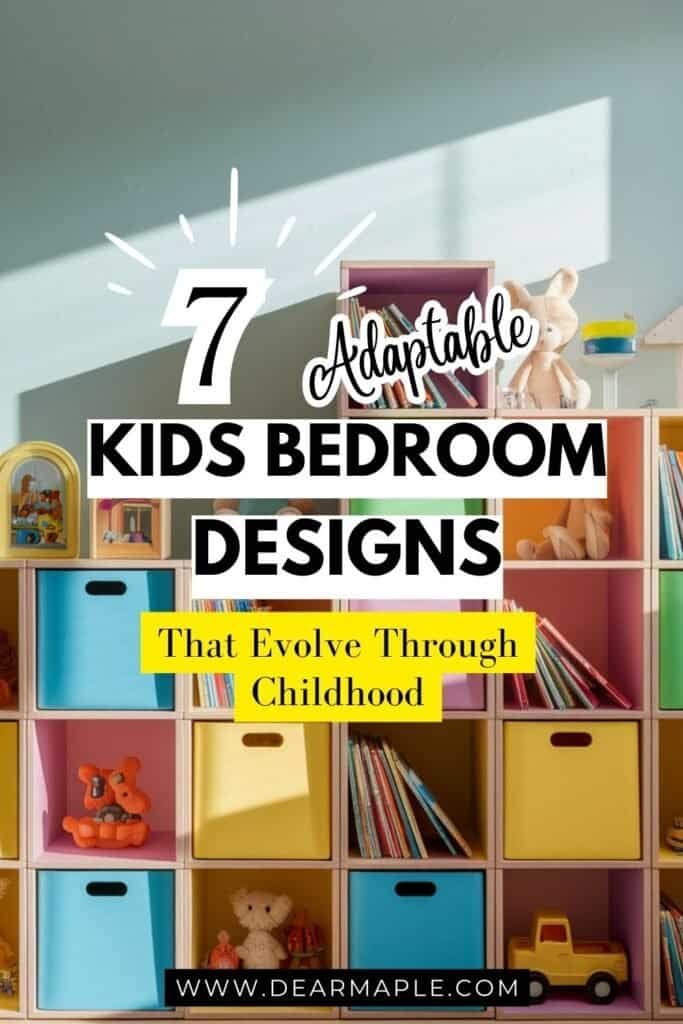
This post shows 7 Kids Bedroom Designs!

